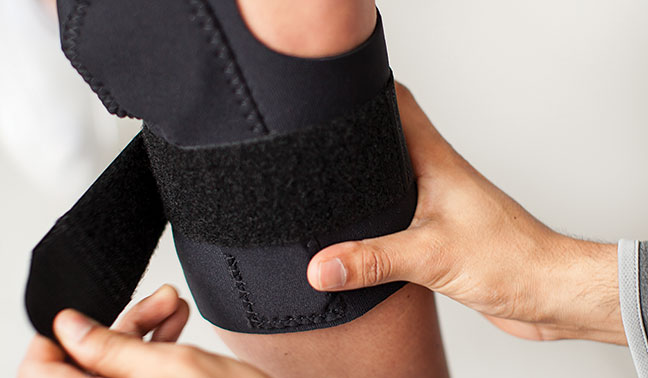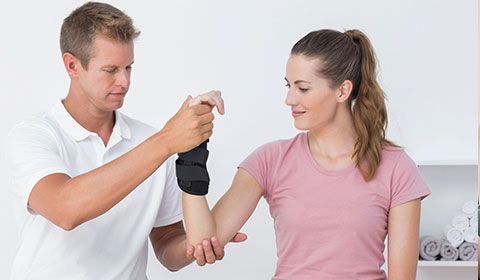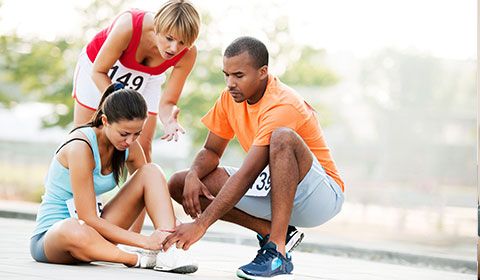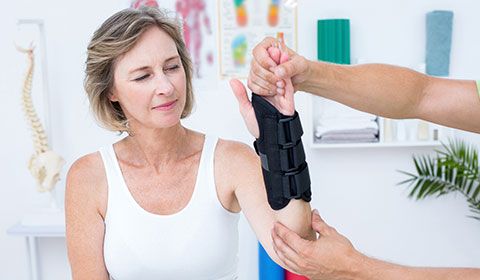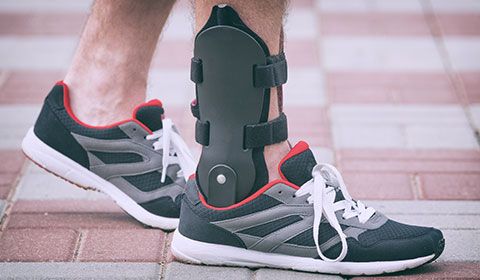When you’re recovering from an injury or managing a condition, you want to take it slow. Getting back to your regular activities is the number one goal, but you need the right support to gradually regain your strength and function. Otherwise, you could end up with a re-injury.
For new or old injuries, you can get extra support with bracing. Here’s everything you need to know about using a brace to help with rehabilitation.
What is bracing?
Bracing is a therapy option that uses external braces on various limbs to provide additional support for unstable joints or ligaments. Braces are often made of soft, durable fabric, but can also include metal, plastic and Velcro straps. They can be custom-made or come patient-ready. Your physiotherapist can make sure you choose the right brace and get it customized for your needs.
